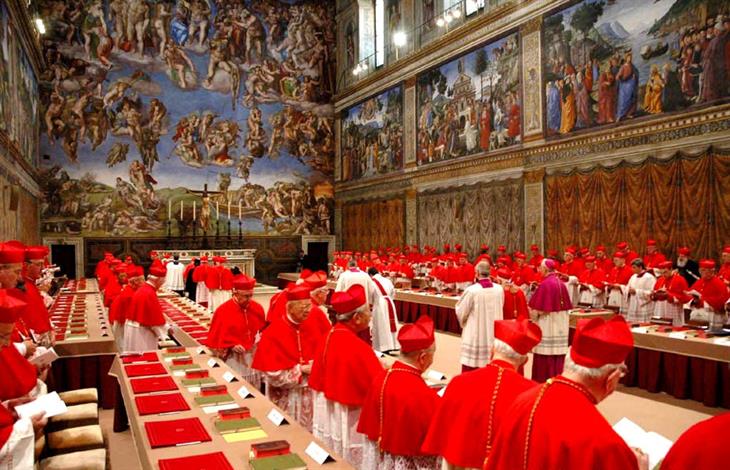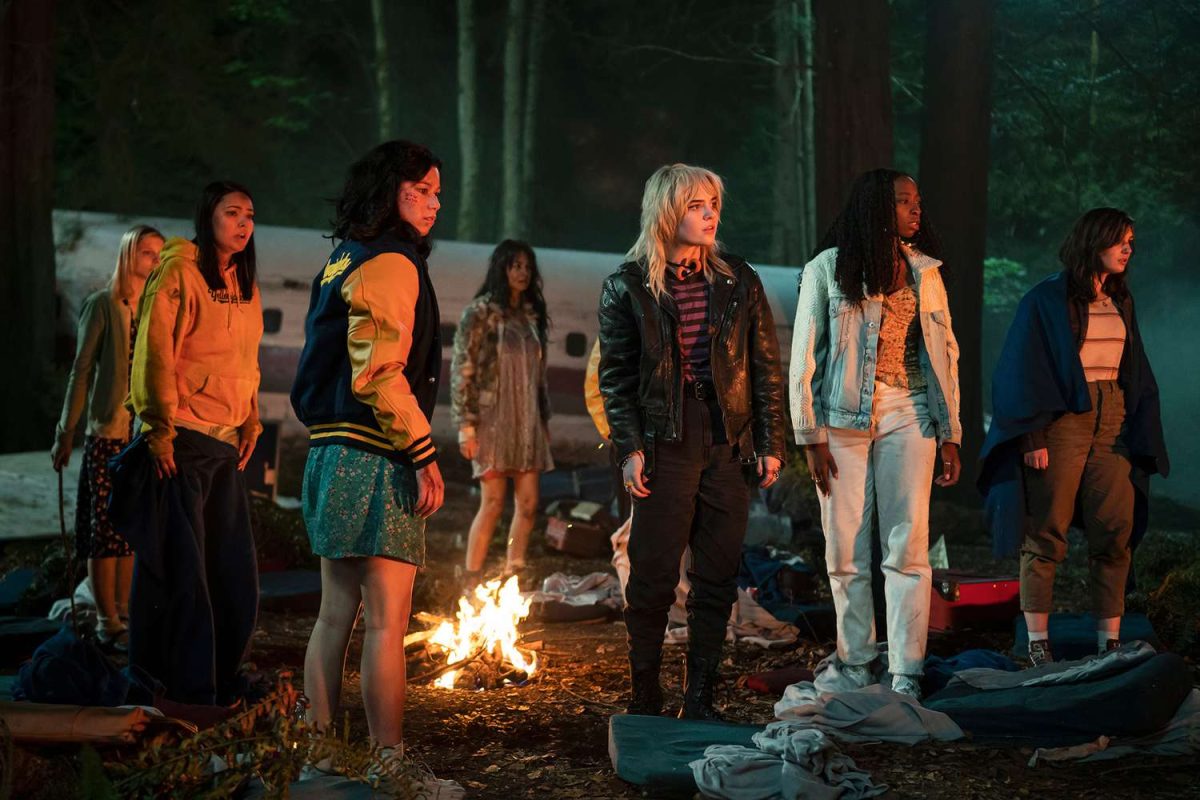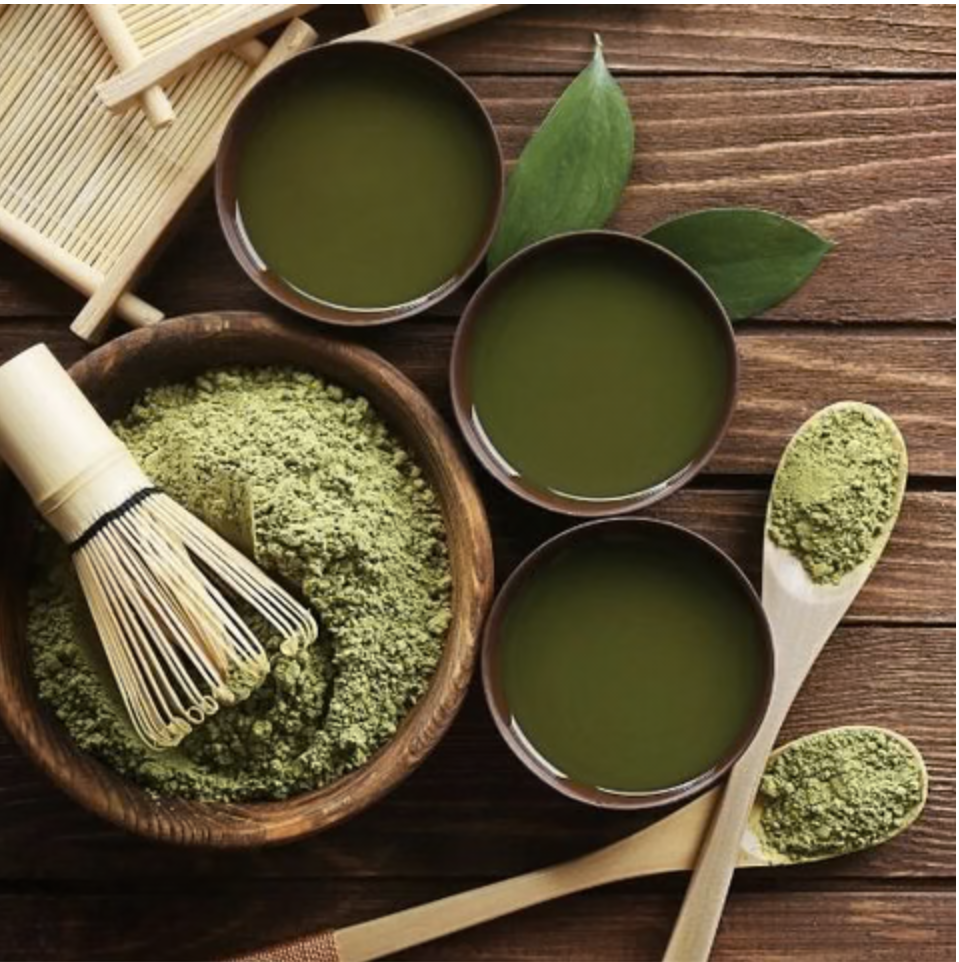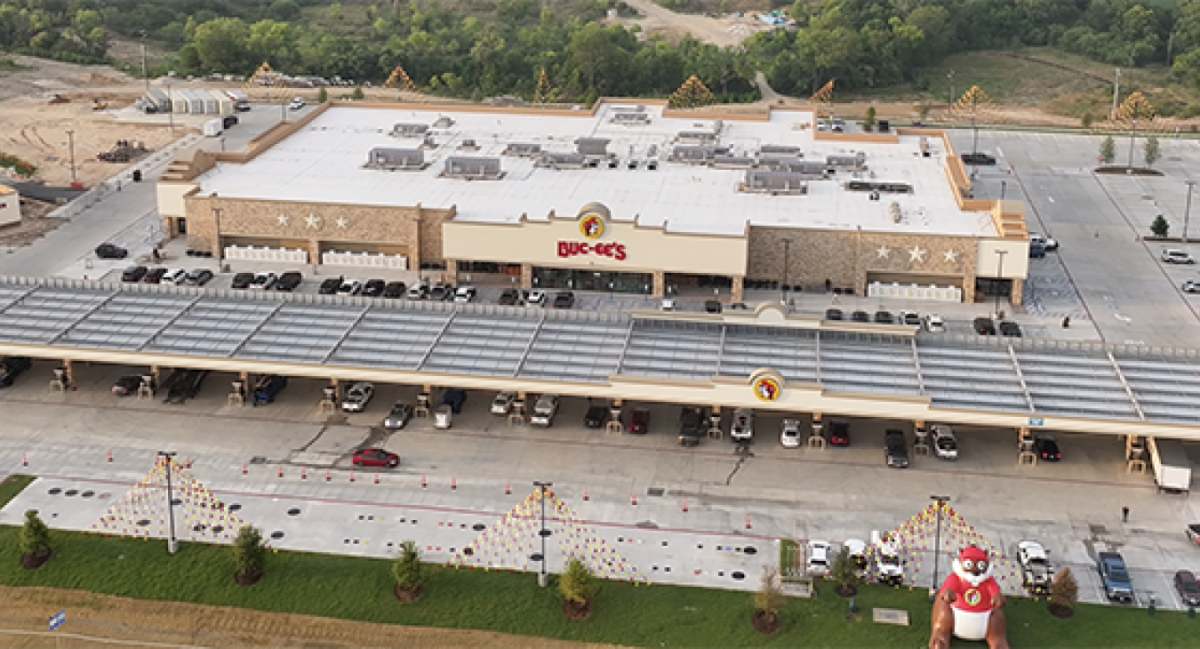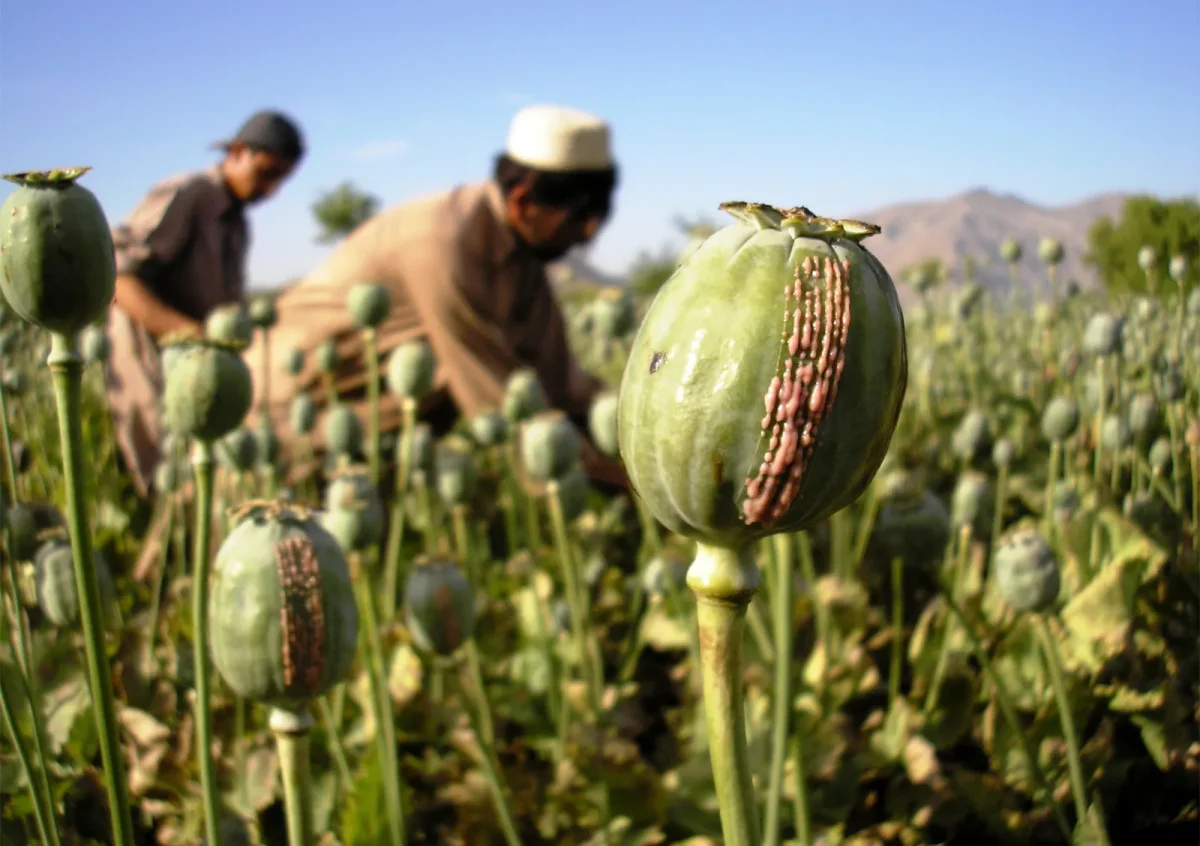After the passing of Pope Francis, the Roman Catholic Church recently elected a new pope. The election is a unique process that continues through centuries through unwavering practice and respect. These practices help the papal conclave select the new leader of the Roman Catholic Church.
“The papal conclave to select the new pontiff of the Roman Catholic Church will begin after the funeral and mourning period for Pope Francis,” an article from Georgetown University said. “Cardinals from all over the world will cast their votes for the next pope in a process that has remained relatively unchanged for the last nearly 800 years.”
All over the world, the pope selects cardinals, who are noteworthy bishops and Vatican officials. They are distinguishable by their red vests and are members of the College of Cardinals. Cardinals are known for their red attire, and Europeans actually named the red birds in North America after the vibrant red colors of the cardinals with the Catholic Church. These individuals serve as advisors and administrators for the pope and the Church.
“Gathered in the College of Cardinals, presided over by a dean, [cardinals] form the top echelon of the Catholic Church,” an article from The Exponent said. “Cardinal being a title and not a function, many of them are bishops of dioceses around the world, while others who hold positions in the Vatican’s government live in Rome.”
Once the pope resigns or passes, the Church enters papal vacancy, which includes the mourning of the previous pope, if applicable, and preparations for the selection of a new pope. During this time, they place all of the typical decisions that the pope would make on hold until after the election. The College of Cardinals is responsible for electing the next pope, and cardinals all over the world under the age of 80 are allowed to cast a vote. Currently, 135 cardinals are eligible to vote and 108 of them were chosen by Pope Francis.
“Even though Pope Francis has appointed so many of these cardinals, they will all arrive in Rome with different concerns at the forefront of what they’re going to be thinking about,” Georgetown University director Kim Daniels said in an interview with PBS. “That’s all part of the conversation and very important. And from that will emerge our next Holy Father.”
The voting and selection process get shrouded in complete secrecy via tradition. When the time comes for the actual debate over selection, the cardinals gather in the Sistine Chapel in Rome. The chapel is sealed and the papal conclave begins. Cardinals along with other workers swear an oath of secrecy and no news is allowed to leave the chapel for the length of the conclave, which usually lasts up to 3 days. The Sistine Chapel is closed to the public and a thorough inspection ensures secrecy. The goal is to preserve the significance of God’s will in the selection process and avoid any external influence.
“Not only do the cardinals take an oath of secrecy, but the Vatican drivers, health care workers, kitchen staff and anyone else in contact as well,” the Georgetown article said. “The entire apostalic palace [was] ‘swept’ and safeguarded from hidden cameras, microphones, phones, and drones.”
Once the new pope is selected, white smoke made from chemicals and burned cardinal ballots billow into the air. In the event that the cardinals could not come to a definitive conclusion, black smoke emerges instead. The cardinal elected accepts the offer and gets dressed in the papal vestments. He also chooses a new name to honor the title and follow in the steps of past popes. Then, he emerges on a balcony at the Vatican over St. Peter’s Square and delivers his first blessing.
“The custom of a pope taking a new name reflects the very traditional Catholic idea that, when a man becomes a pope, he becomes something bigger than his biography,” religious journalist John L. Allen Jr said in an interview with PBS. “And so to signify what a dramatic break in his life all this represents, he takes a new name.”
Choosing a new pope is a very strict process that honors privacy, respect and traditions from centuries past. Many working parts come together in preparation for the papal conclave and the ceremonies that come with it. The process is so elaborate that even in the modern day, it is considered a historical event for Catholics around the world.
“We are a church of 1.3 billion people around the world, and this is a fundamental question of importance both for all Catholics around the world, but also as a source of a moral voice on the world stage,” Daniels said in the PBS interview.



